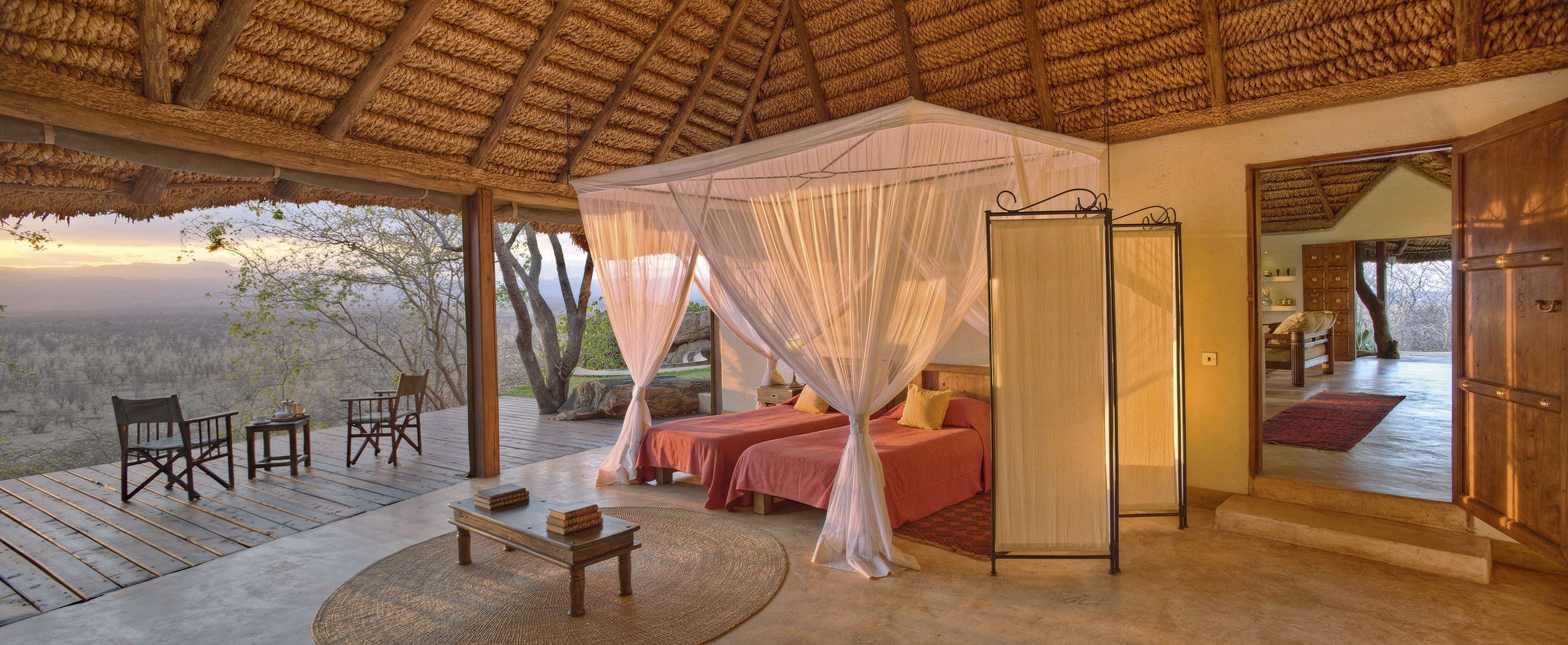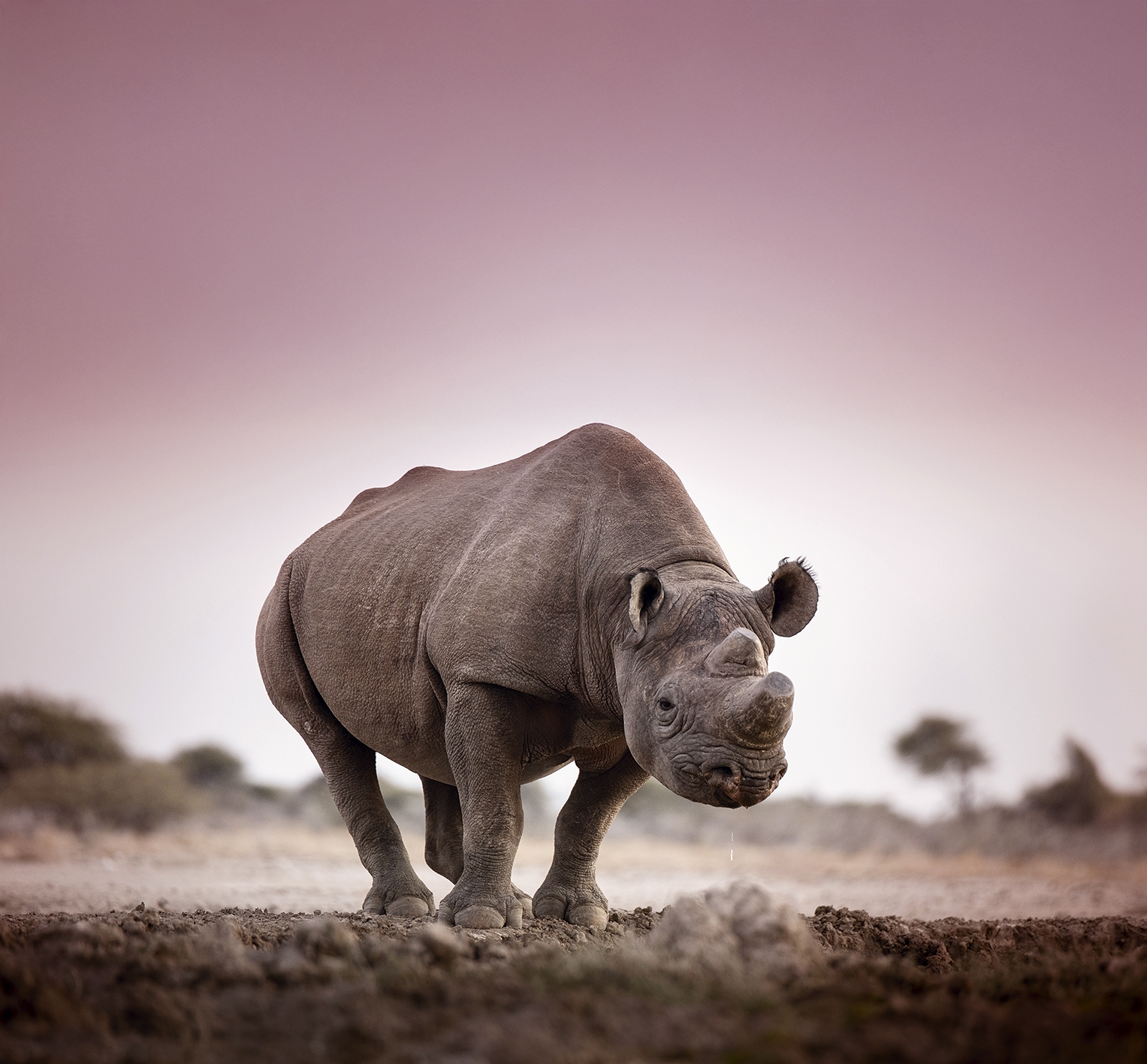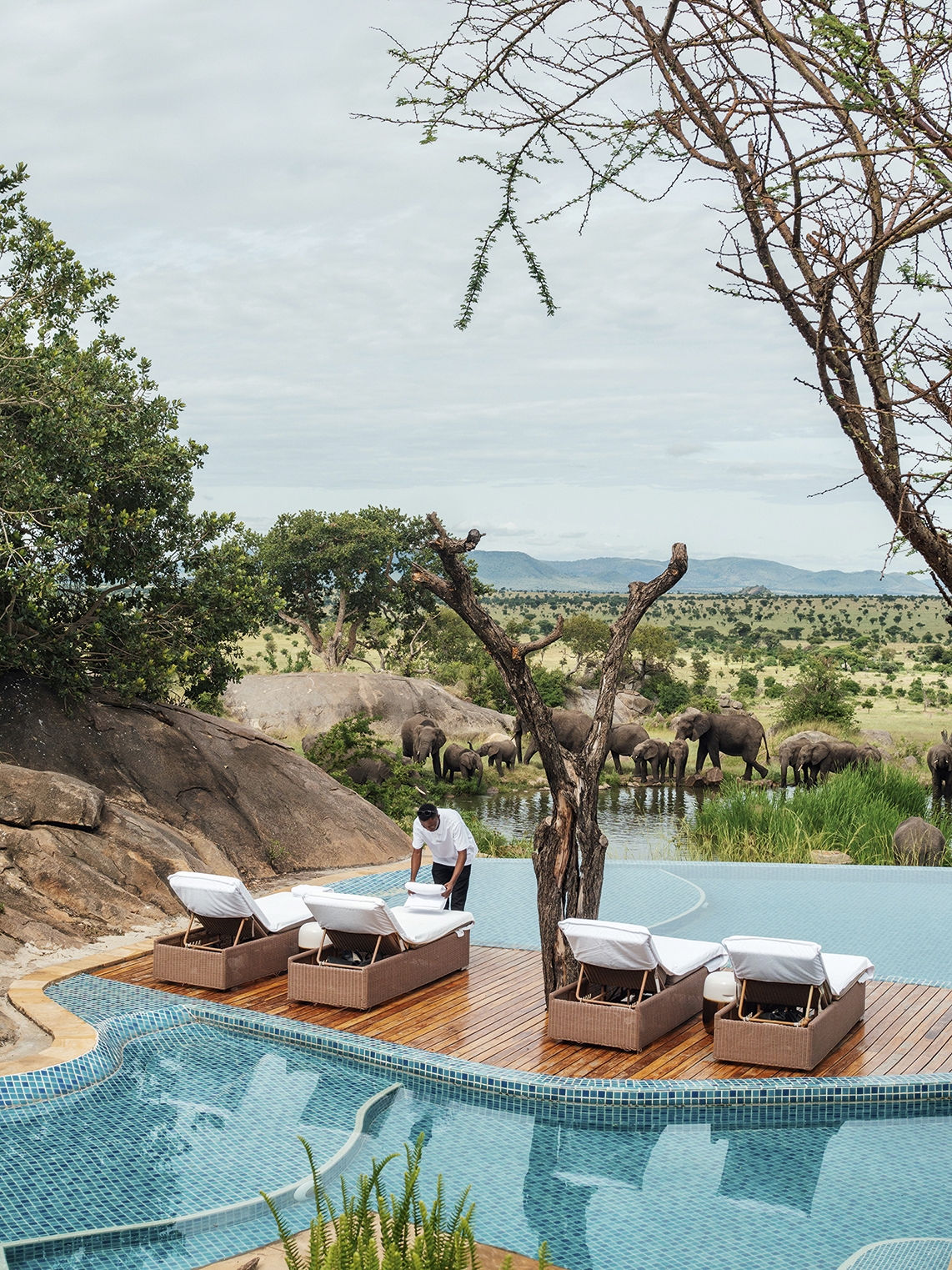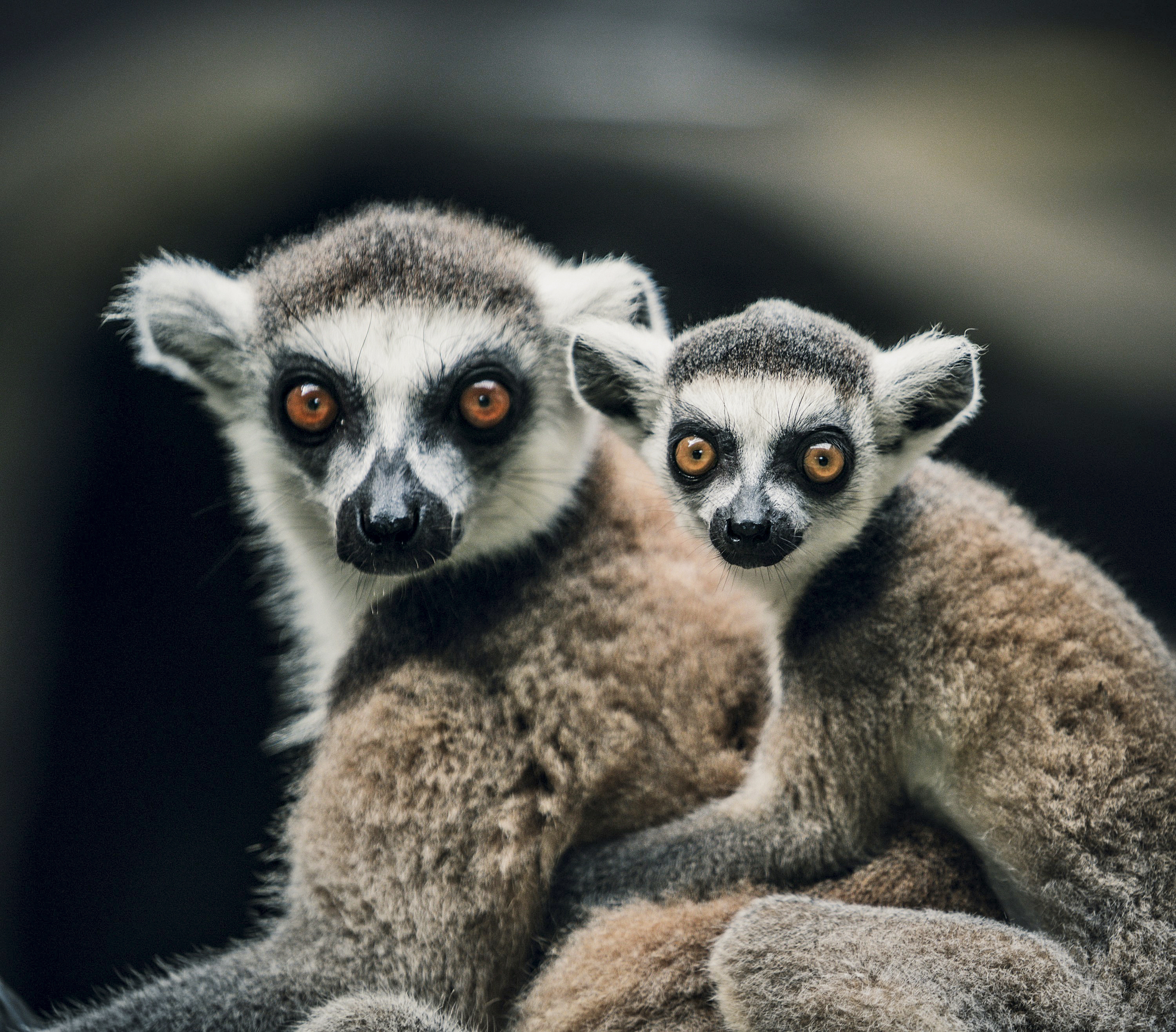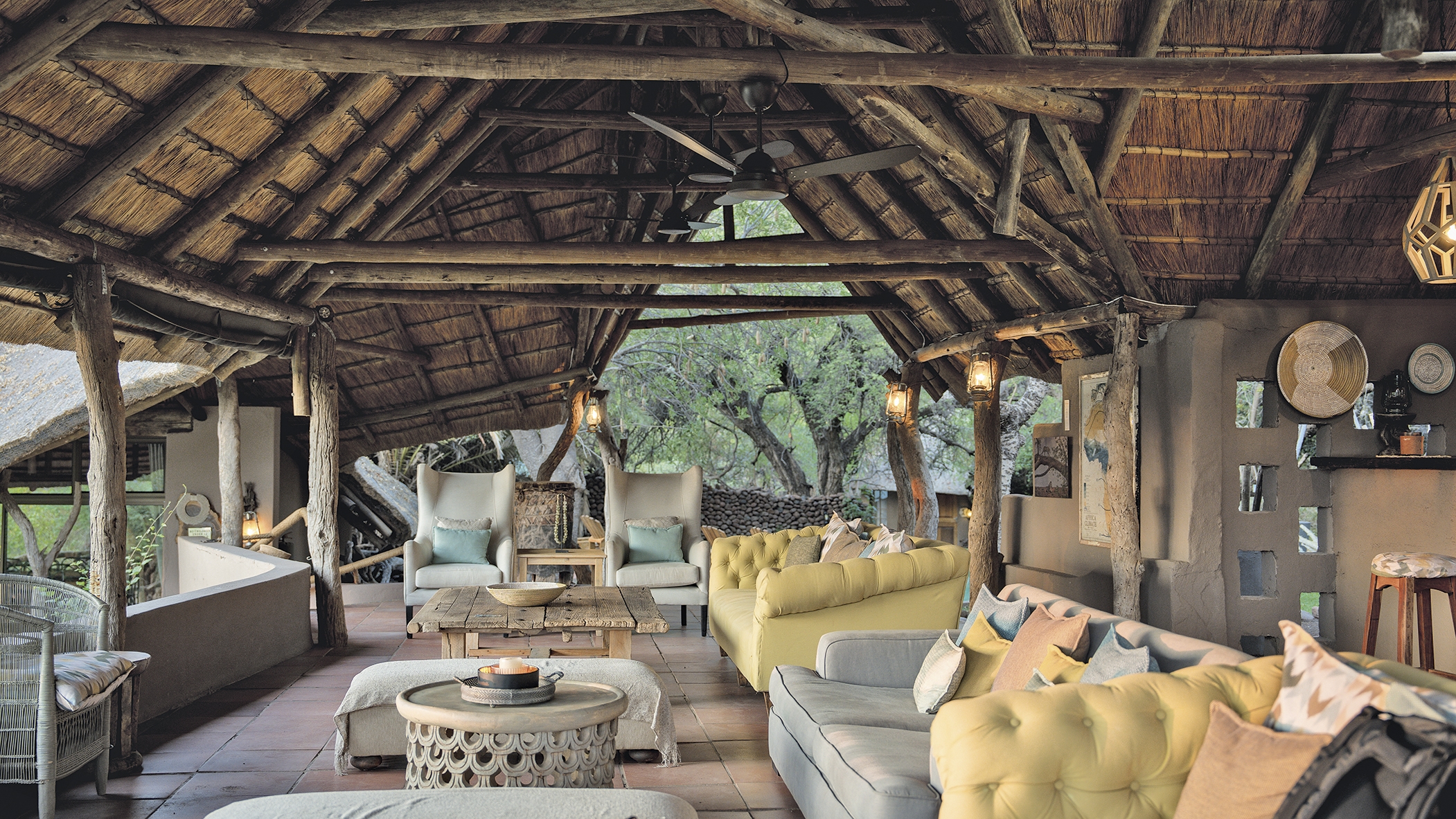Lion Kenya
With the word ‘safari’ borrowed from Swahili, a language widely
spoken across East Africa, it’s fitting that it conjures up images of
African plains. But although it can describe any trip in search of
animals in the wild, nowhere does quintessential safaris quite so
well as Kenya. Its forests, savannahs and scrublands are home to
the Big Five wildlife icons (those once considered the hardest to
hunt: namely lion, leopard, buffalo, elephant and rhino) as well as
a supporting cast stretching from antelope to zebra.
Perhaps Kenya’s most famous spectacle is the Great Migration,
which has featured in countless documentaries. Wildebeest,
zebra, gazelle and others are constantly on the move, looping
their way across the Serengeti and Maasai Mara grasslands as
they follow the seasonal rains that cause the sweet, fresh grass
to flourish. Their endless journeys take them across the fast-
flowing Mara river, where they have to take their chances with the
crocodiles lying in wait. Less terrifying are the likes of warthog,
serval (a spotted cat) and jackal, plus impressive birds such as
ostrich and the elegant crowned crane. Discover them all on
game drives or take the experience that bit deeper on a hot air
balloon ride, horseback safari or thrilling bush walk – made more
memorable still if accompanied by an indigenous Maasai guide.
But of all the creatures of the African bush, Kenya is particularly
known for its lion, thanks to the lasting legacy of Born Free, the
1960 book (and later film) by Joy Adamson, who raised Elsa, an
orphaned cub, as a pet before returning her to the wild. This
real-life story unfolded in Meru National Park, a vast expanse of
savannah and flat-topped acacia woodland. Today, it’s one of
Kenya’s least visited national parks: a status that lends itself to
more authentic wildlife viewing. Look out, in particular, for kudu,
cheetah and giraffe; and bear in mind that any lion you meet
could well be descended from Elsa herself.


